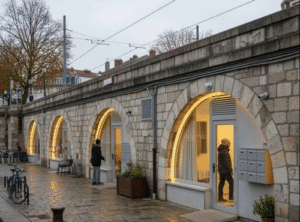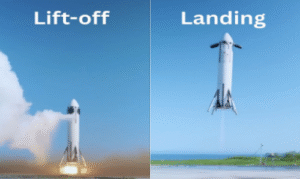A groundbreaking soil technology developed by Norwegian scientists is reshaping the future of global agriculture. Known as Liquid Nanoclay (LNC), this revolutionary innovation can convert dry, barren deserts into fertile farmland capable of supporting crops — offering a powerful answer to food insecurity, water scarcity, and land degradation.
LNC addresses one of the biggest challenges in agriculture: sandy desert soil. Traditionally, this type of soil has extremely poor water retention and low nutrient levels, making farming nearly impossible. But Liquid Nanoclay changes this fundamental limitation using a brilliant blend of chemistry and natural materials.
How the Technology Works
The process begins with clay — naturally rich, nutrient-friendly, and negatively charged. Scientists grind the clay into nanoscale particles and mix them with water to create Liquid Nanoclay.
Sandy soil, on the other hand, consists of coarse, positively charged grains. When LNC is applied to desert soil:
The negatively charged nanoclay particles bind electrostatically to the positively charged sand grains.
This coating transforms each grain of sand into a nutrient-friendly micro-structure.
The resulting soil behaves more like fertile, loamy soil found in productive agricultural regions.
This simple yet groundbreaking interaction dramatically changes the soil’s physical properties. Large pore spaces — responsible for rapid drainage — shrink, allowing the soil to retain water and hold nutrients for much longer.
Key Benefits of Liquid Nanoclay
1. Water Retention Boost
One of the most remarkable advantages of LNC is the dramatic increase in water-holding capacity. Treated soil can reduce water consumption by up to 50%, making agriculture sustainable even in water-scarce environments.
2. Enhanced Nutrient Availability
Nutrients remain in the root zone instead of being washed away. This not only improves plant growth but also increases crop yields significantly.
3. Combatting Desertification
With deserts expanding globally, LNC presents a promising solution. By transforming previously unusable land into fertile plots, LNC helps:
Expand agricultural areas
Restore degraded ecosystems
Strengthen food security in arid regions
The method uses only clay and water — no synthetic chemicals — making it an environmentally responsible and sustainable option.
A Global Game-Changer
Countries across the Middle East, Africa, and Asia are already testing Liquid Nanoclay to restore arid landscapes and reduce their dependence on imported food. Agricultural experts believe that LNC has the potential to revolutionize farming in some of the planet’s harshest climates.`
As climate change increases pressure on global food production, Liquid Nanoclay stands out as one of the most promising technologies of the decade — a simple, natural solution with the power to reshape ecosystems and feed future generations.







